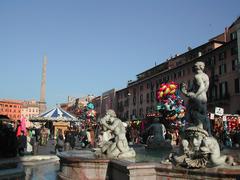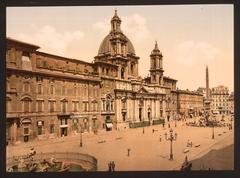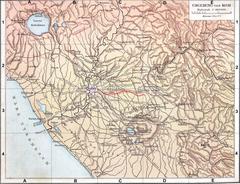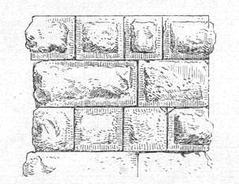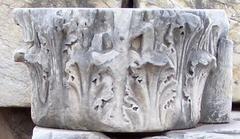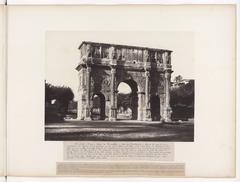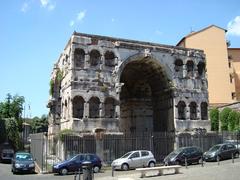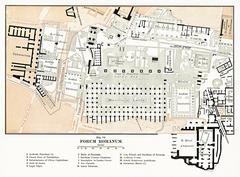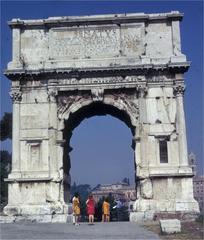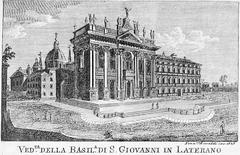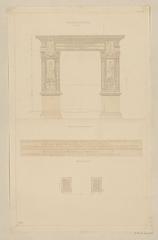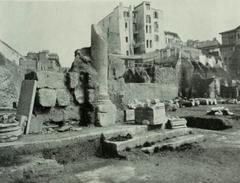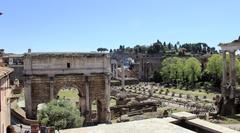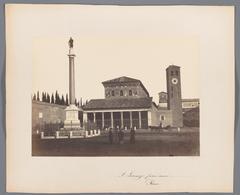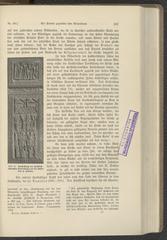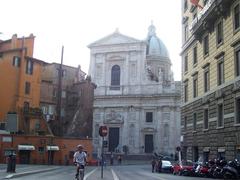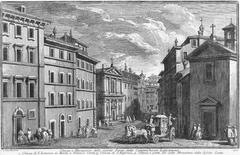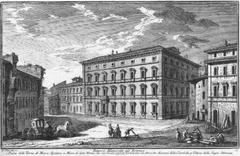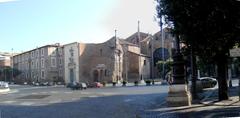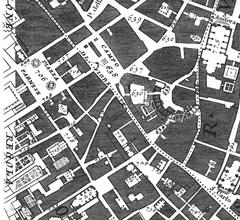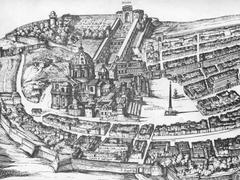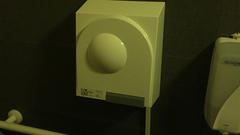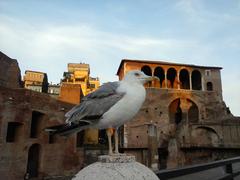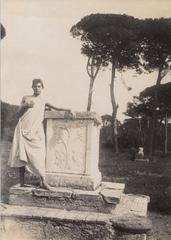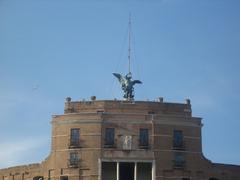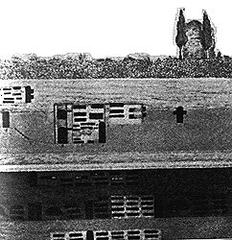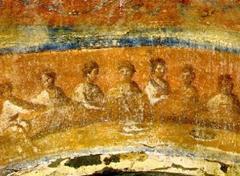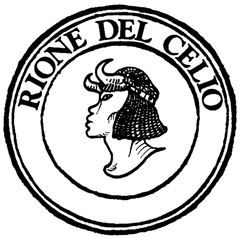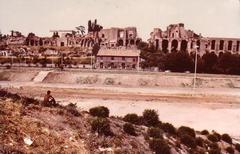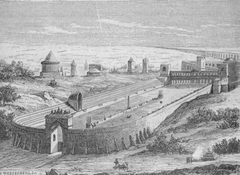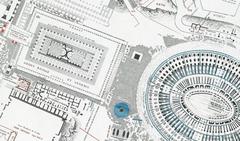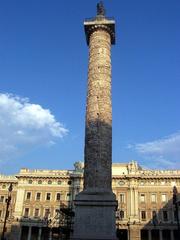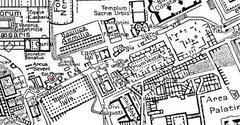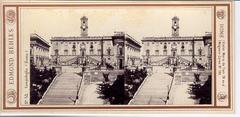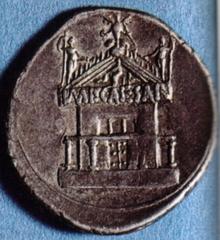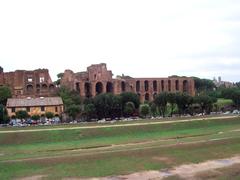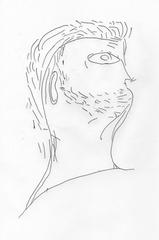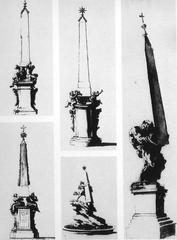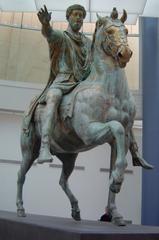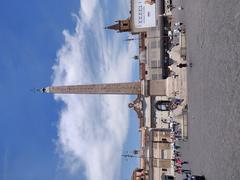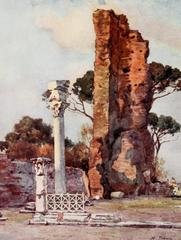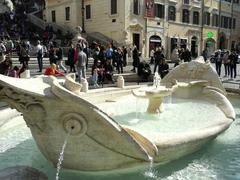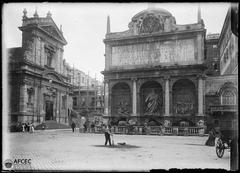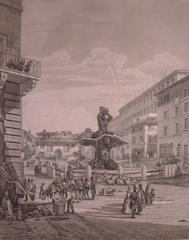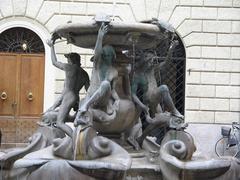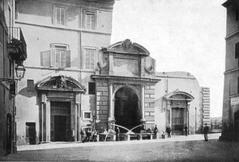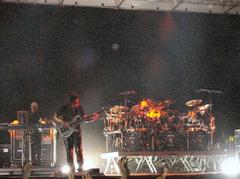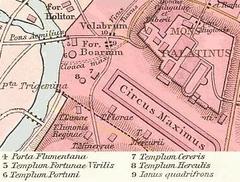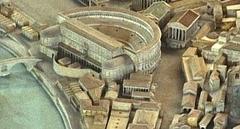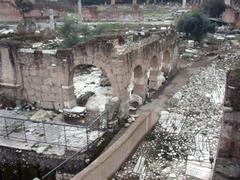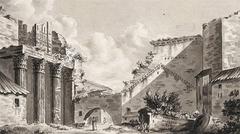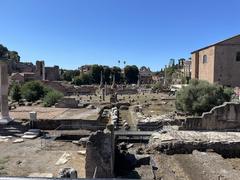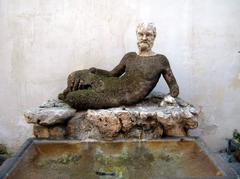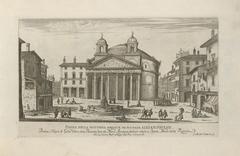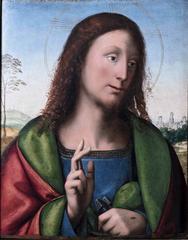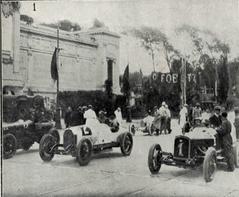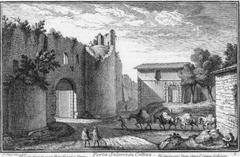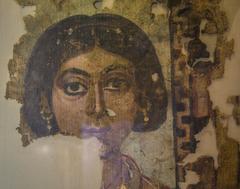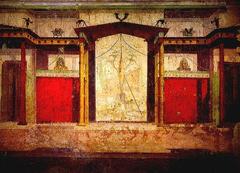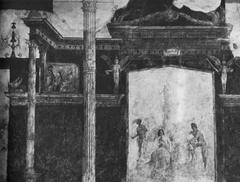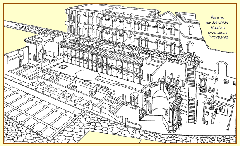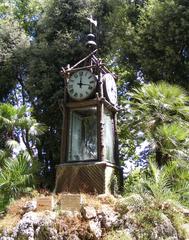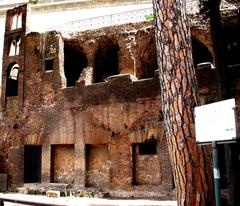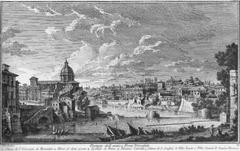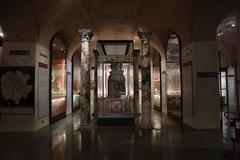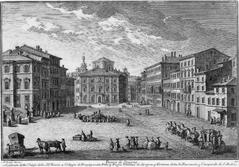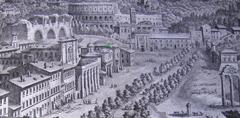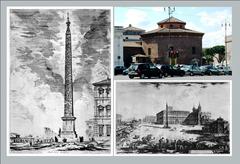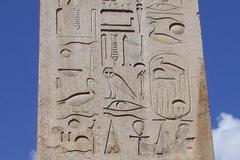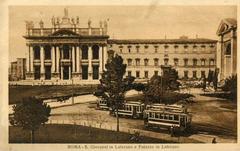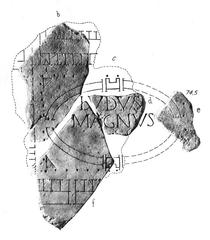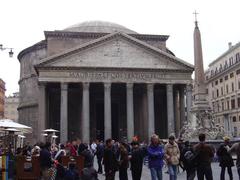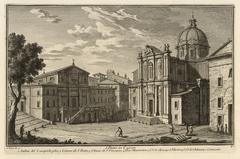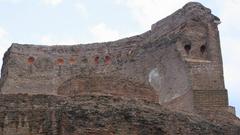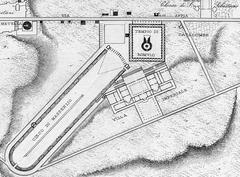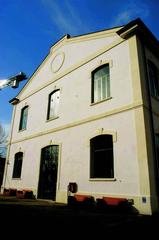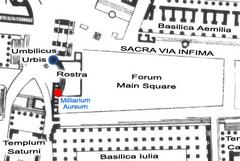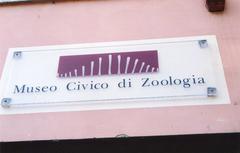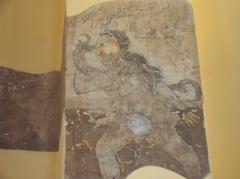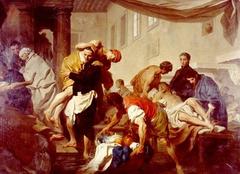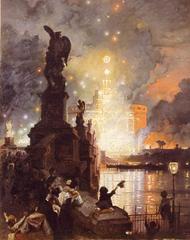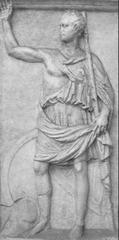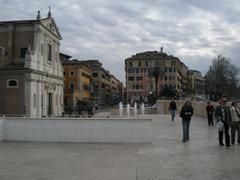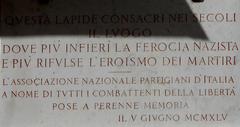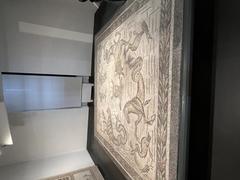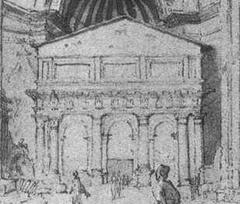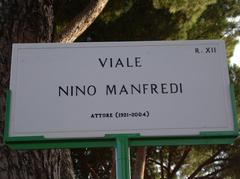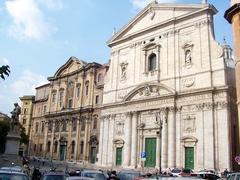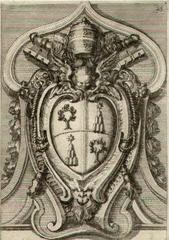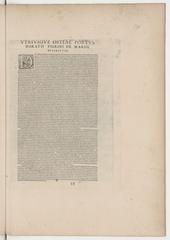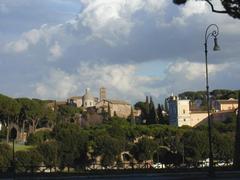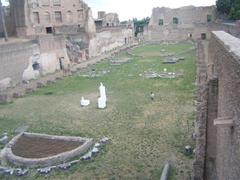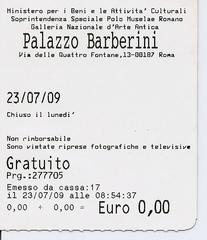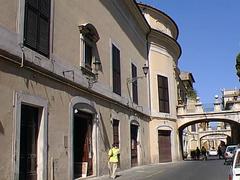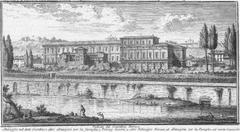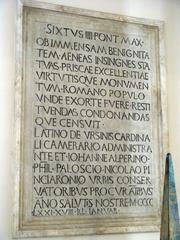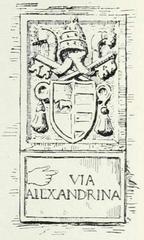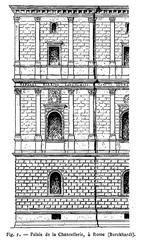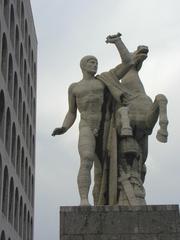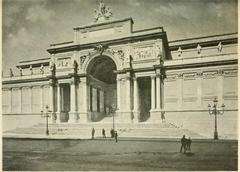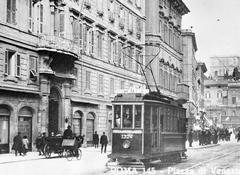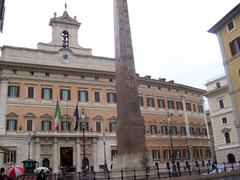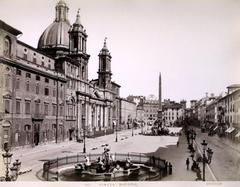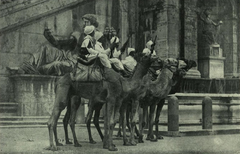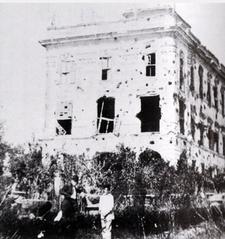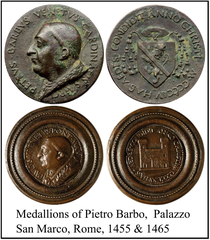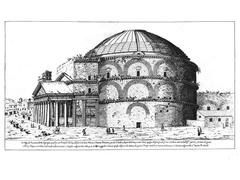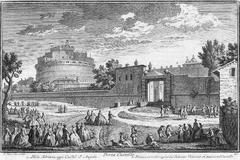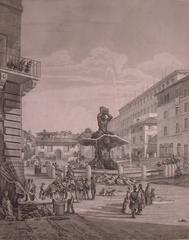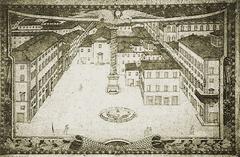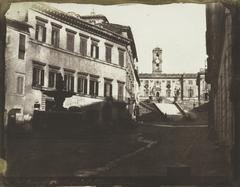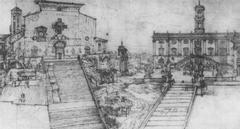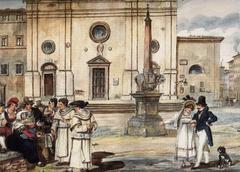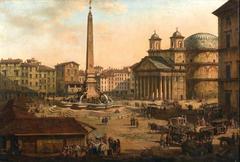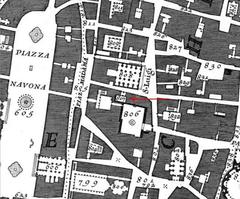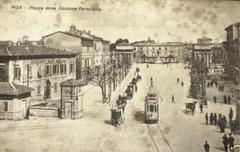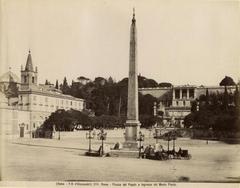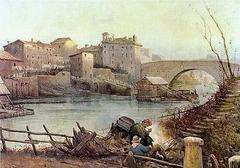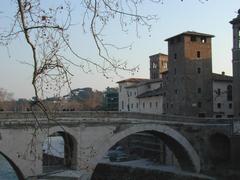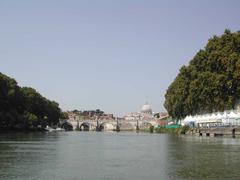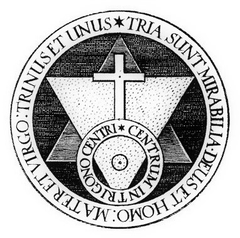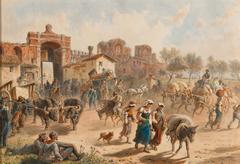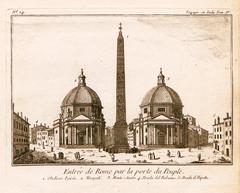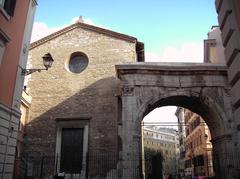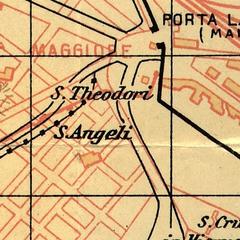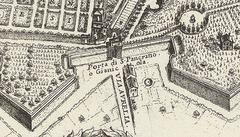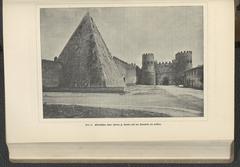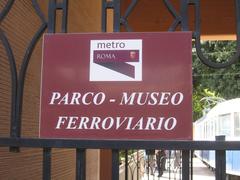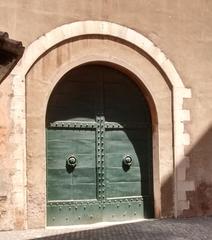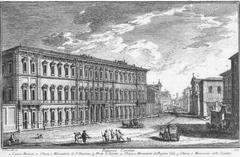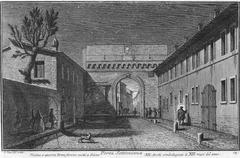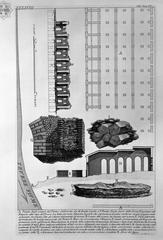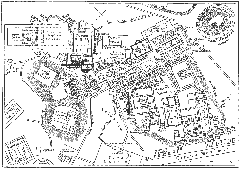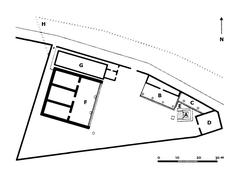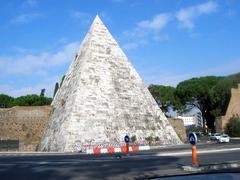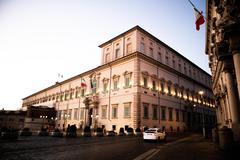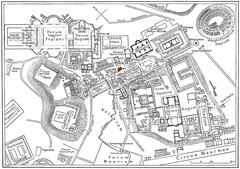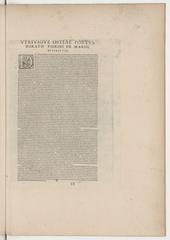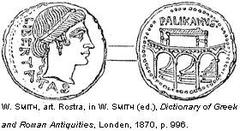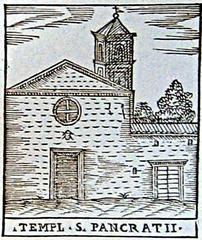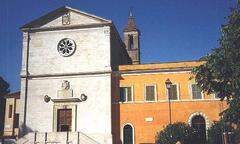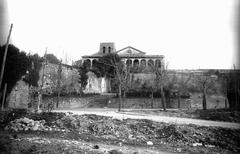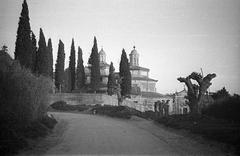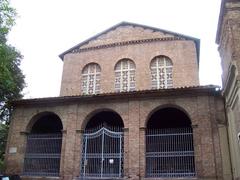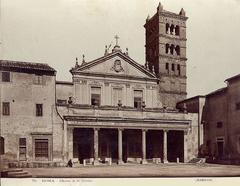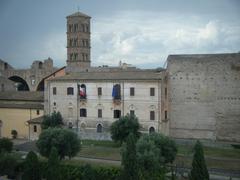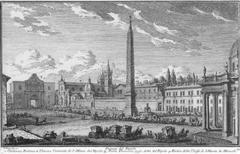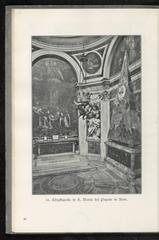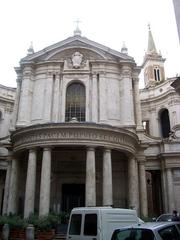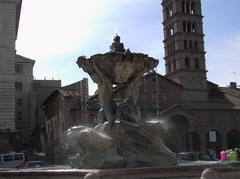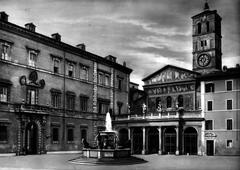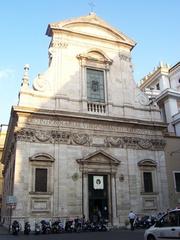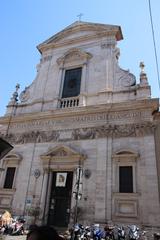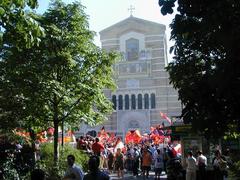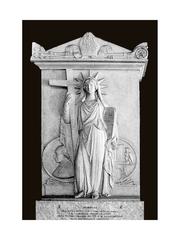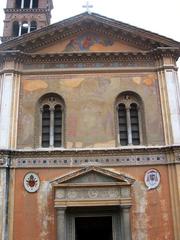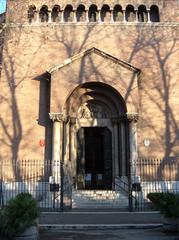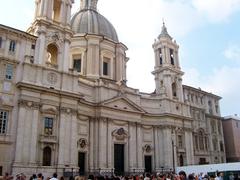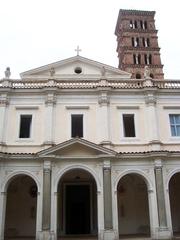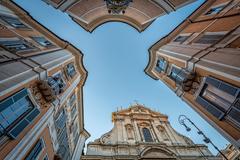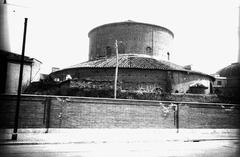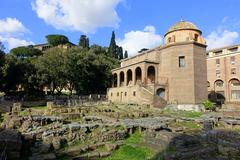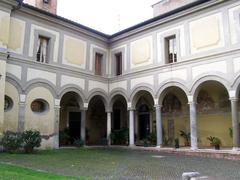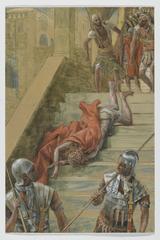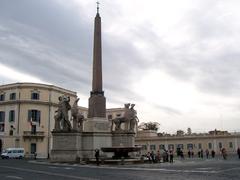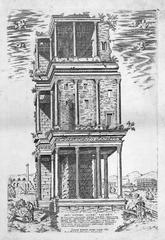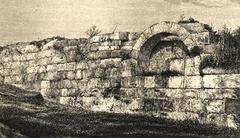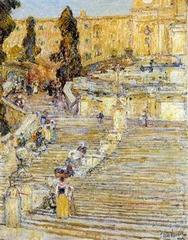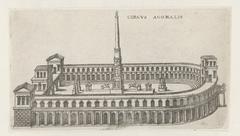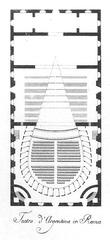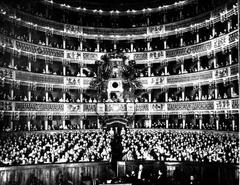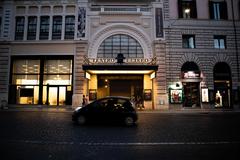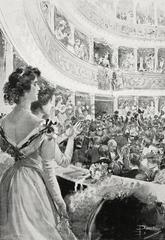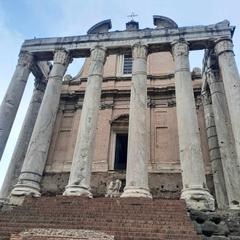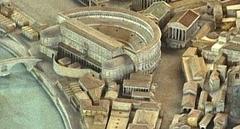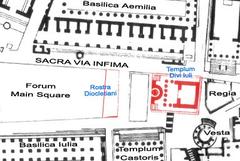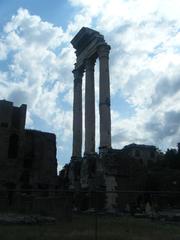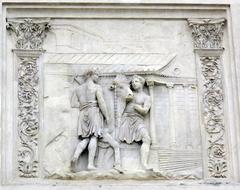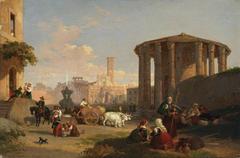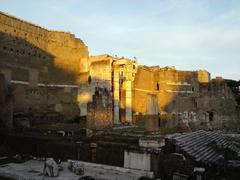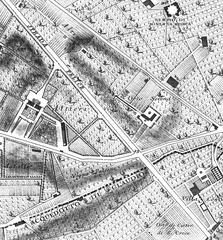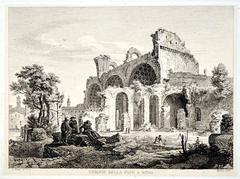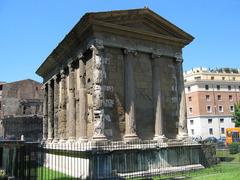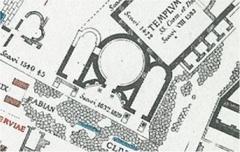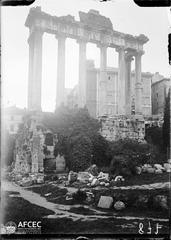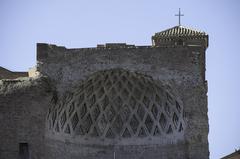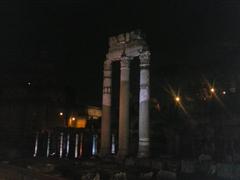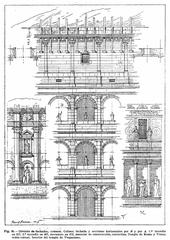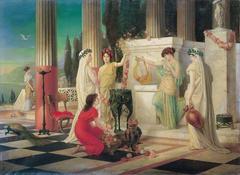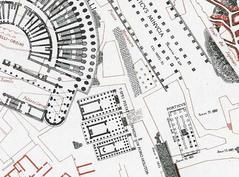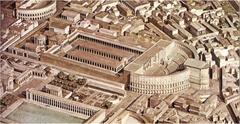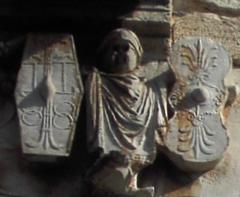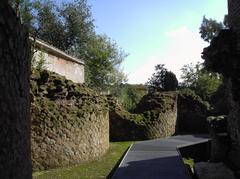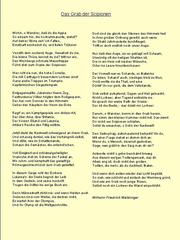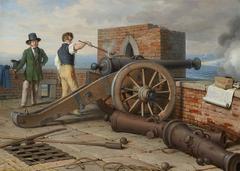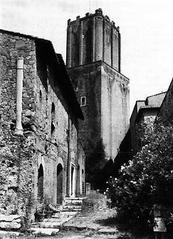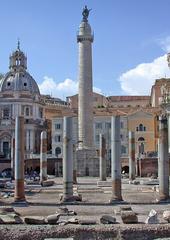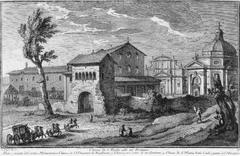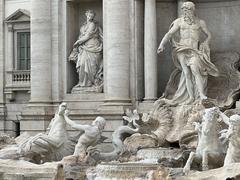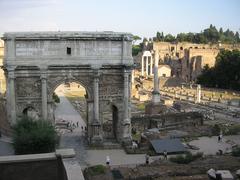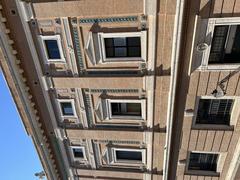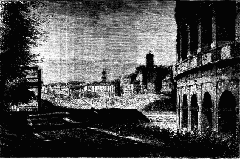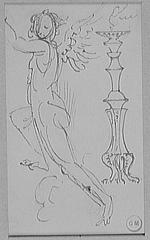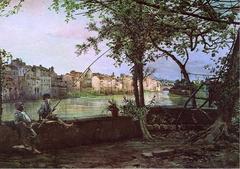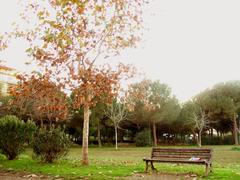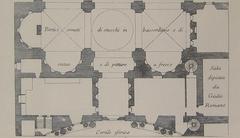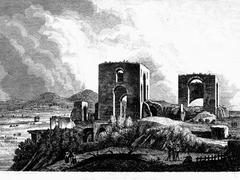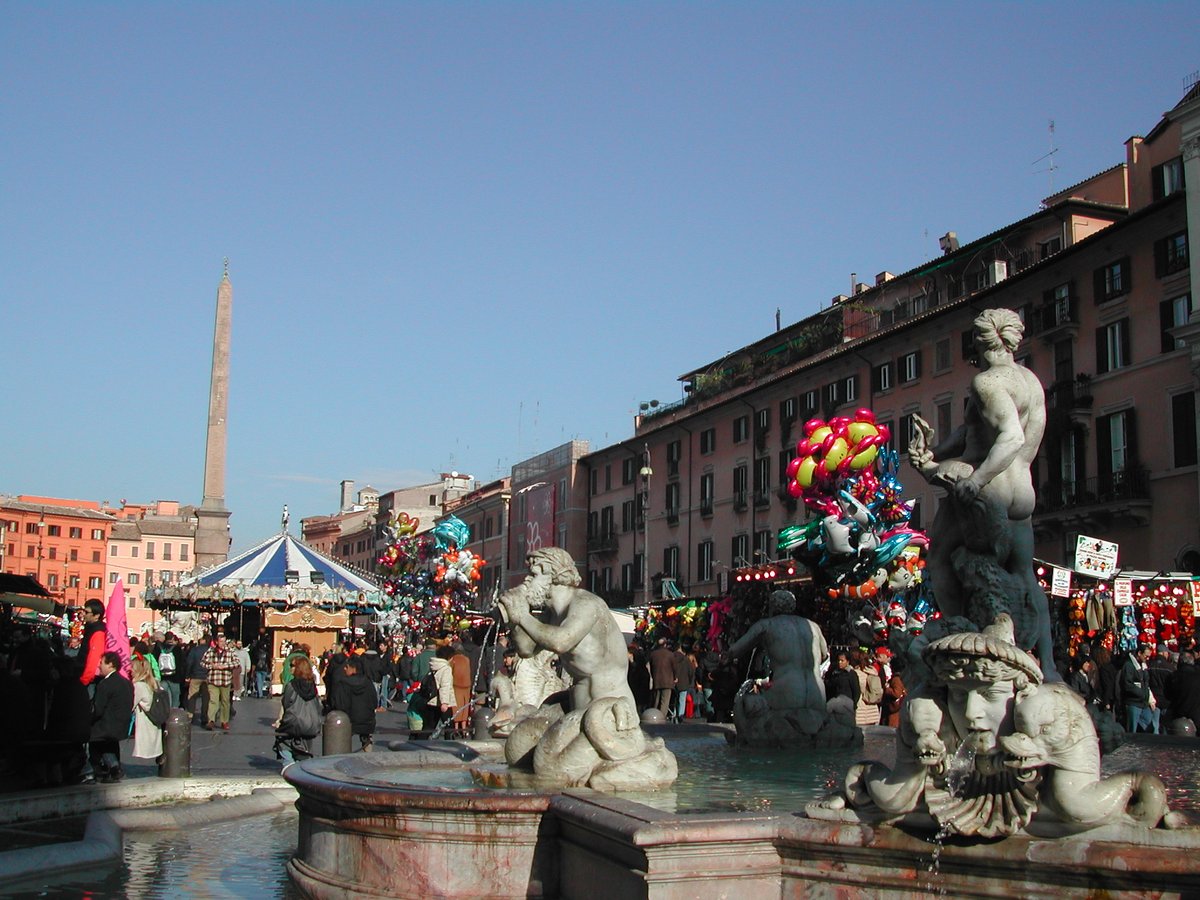
Comprehensive Guide to Visiting Gladiator Museum, Rome, Italy
Date: 31/07/2024
Introduction
Planning a trip to Rome? Don’t miss the Gladiator Museum, a portal into the captivating world of ancient Roman gladiators and military history. This comprehensive guide will navigate you through everything you need to know about visiting the Gladiator Museum in Rome, including its historical significance, ticket prices, visiting hours, and nearby attractions. Located at Piazza Navona 90, the Gladiator Museum is nestled in one of Rome’s most historically rich areas. This prime location not only offers a deep dive into the lives of Roman gladiators but also situates you near other iconic landmarks such as the Pantheon, Castel Sant’Angelo, and the Trevi Fountain (Turismo Roma).
The museum provides an immersive experience through interactive exhibits, authentic artifacts, and detailed reconstructions that span from the 7th century B.C. to the 4th century A.D. The Gladiator Museum is a treasure trove of over 500 Roman exhibits and 30 meticulously reconstructed characters, offering a vivid portrayal of gladiatorial life and the evolution of Roman military equipment. It serves as an educational hub, presenting the duality of gladiators who, despite their often low social status, could achieve fame and fortune (Dash of Insight).
Whether you’re a history enthusiast or a casual tourist, the Gladiator Museum promises a unique and enriching experience.
Table of Contents
- Introduction
- History and Significance
- Visitor Information
- Exhibits and Attractions
- Activities and Experiences
- Visitor Amenities
- Photography Guidelines
- Booking and Cancellation Policy
- Additional Tips
- Frequently Asked Questions
- Conclusion
- References
History and Significance
Historical Context
The Gladiator Museum in Rome offers a unique journey through the history of gladiators and the Roman army, spanning from the 7th century B.C. to the 4th century A.D. This period encapsulates the rise and fall of the Roman Empire, a time when gladiatorial games were not just a form of entertainment but also a means of political propaganda and social control. The museum’s exhibits provide a detailed look into this era, showcasing the evolution of Roman military equipment and gladiatorial gear.
The Role of Gladiators in Roman Society
Gladiators were both revered and reviled in ancient Rome. They were often slaves, prisoners of war, or condemned criminals, trained to fight in arenas for the entertainment of the public. Despite their low social status, successful gladiators could achieve fame and fortune, becoming celebrities of their time. The Gladiator Museum captures this duality by displaying various gladiatorial outfits and weapons, allowing visitors to understand the harsh realities and the glory associated with being a gladiator.
Exhibits and Reconstructions
The museum boasts over 500 Roman exhibits, including 30 selected characters that tell their own stories. These exhibits are meticulously reconstructed using ancient casting and molding techniques to ensure historical accuracy. Visitors can see and even touch the authentic columns of Domitian’s Stadium on the lower level of the museum, providing a tangible connection to the past.
Significance of the Location
Located at Piazza Navona 90, the Gladiator Museum is situated in one of Rome’s most historically rich areas. Piazza Navona itself was built on the site of the Stadium of Domitian, an ancient Roman arena. This proximity to historical landmarks like the Pantheon, Castel Sant’Angelo, and the Trevi Fountain makes the museum an integral part of Rome’s cultural and historical landscape.
Educational Value
The museum serves as an educational hub, offering insights into the Roman military’s evolution and the gladiatorial games’ socio-political implications. It provides a comprehensive historical journey, from the early days of the Roman Republic to the height of the Roman Empire. The faithful reconstructions of helmets, armor, and weapons help visitors visualize the past, making history come alive.
Interactive Experiences
One of the unique features of the Gladiator Museum is its interactive exhibits. Visitors can photograph themselves in a gladiator’s cell or try on gladiatorial helmets and uniforms. This hands-on approach enhances the learning experience, making it more engaging and memorable. Additionally, the museum offers a “Gladiator for a Day” program, where participants can undergo a training session at the Rome Gladiator School, combining historical education with physical activity.
Cultural Impact
The Gladiator Museum not only preserves the history of gladiators but also highlights their cultural impact. Gladiatorial games were a significant part of Roman culture, influencing various aspects of society, from politics to entertainment. The museum’s exhibits reflect this cultural significance, showcasing how gladiators were depicted in art, literature, and even in modern media.
Preservation and Authenticity
The museum’s commitment to authenticity is evident in its use of ancient techniques for reconstructing exhibits. This dedication ensures that visitors receive an accurate representation of Roman history. The museum also plays a crucial role in preserving these artifacts for future generations, contributing to the broader efforts of historical preservation in Rome.
Visitor Information
Visiting Hours
The Gladiator Museum is open daily from 10:00 a.m. to 7:30 p.m.
Ticket Prices
Admission fees are reasonable, with free entry for children up to 6 years old, and discounted rates for children and teenagers.
Travel Tips
Located at Piazza Navona 90, the museum is easily accessible by public transport. Combine your visit with nearby attractions like the Colosseum and the Pantheon.
Accessibility
The Gladiator Museum is designed to be accessible to all visitors, including those with disabilities. The museum is equipped with ramps and elevators to ensure that everyone can enjoy the exhibits.
Nearby Attractions
The museum’s location near other significant landmarks makes it an ideal stop for tourists exploring Rome. Visitors can easily combine a trip to the Gladiator Museum with visits to the Colosseum, Pantheon, and Trevi Fountain, enriching their understanding of Roman history and culture. This strategic location enhances the museum’s appeal, offering a well-rounded historical experience.
Exhibits and Attractions
Historical Journey Through Time
The Gladiator Museum in Rome offers a comprehensive historical journey from the 7th century B.C. to the 4th century A.D. This timeline is relived through the faithful reconstruction of helmets and armor of the Roman legions and gladiators. The museum’s exhibits tell the story of more than a millennium of history through the most representative armaments of the Roman army and their enemies. This immersive experience allows visitors to understand the evolution of Roman military equipment and the significance of gladiatorial combat in ancient Roman culture (Turismo Roma).
Authentic Columns of Domitian’s Stadium
Located on two floors, the Gladiator Museum’s lower level features authentic columns from Domitian’s Stadium. These columns provide a tangible connection to the ancient world, allowing visitors to touch and photograph these historical artifacts. The presence of these columns adds a layer of authenticity to the museum, enhancing the overall visitor experience (Turismo Roma).
Gladiator’s Cell
One of the unique attractions at the Gladiator Museum is the opportunity to photograph oneself imprisoned in a gladiator’s cell. This interactive exhibit allows visitors to experience a small part of what it might have been like for gladiators who were held captive before their battles. This exhibit provides a deeper understanding of the harsh realities faced by gladiators in ancient Rome (Turismo Roma).
Reconstruction of Helmets and Armor
The museum features meticulously reconstructed helmets and armor of the Roman legions and gladiators. These reconstructions are based on historical evidence and provide an accurate representation of the equipment used by Roman soldiers and gladiators. Visitors can see the intricate designs and craftsmanship that went into creating these pieces, which were essential for protection and combat effectiveness (Turismo Roma).
Interactive Exhibits
The Gladiator Museum offers several interactive exhibits that engage visitors in the history and culture of ancient Rome. These exhibits include opportunities to try on replica armor, participate in mock gladiatorial combat, and learn about the training and lifestyle of gladiators. These hands-on experiences make the museum an educational and entertaining destination for visitors of all ages (Turismo Roma).
Educational Programs
The museum also offers educational programs and guided tours that provide in-depth information about the exhibits and the history of gladiators in ancient Rome. These programs are designed to enhance the visitor experience by providing context and background information that helps to bring the exhibits to life. The guided tours are led by knowledgeable staff who can answer questions and provide additional insights into the world of gladiators (Turismo Roma).
Temporary Exhibits
In addition to its permanent collection, the Gladiator Museum hosts temporary exhibits that focus on specific aspects of Roman history and culture. These exhibits often feature rare artifacts and provide a deeper exploration of topics related to gladiators and the Roman military. Visitors are encouraged to check the museum’s website for information about current and upcoming exhibits (Turismo Roma).
Activities and Experiences
Gladiator Training
The Gladiator Training program is a unique and interactive experience where visitors can learn the skills of ancient Roman gladiators. Participants are provided with a traditional tunic, belt, and a training sword known as a rudis. Instructors from the Historic Group of Rome guide participants through various combat techniques using authentic weapons. This hands-on experience is both educational and entertaining, offering a glimpse into the life of a gladiator.
Gladiator Show
The Gladiator Show is a 90-minute spectacle that recreates the days of the Roman Empire. Held every Friday evening, the show features music, lights, and special effects to bring the might of Roman gladiators to life. After the show, an expert in Roman history conducts a guided tour of the Legionary and Gladiator Museum, where visitors can hold weapons and armor.
Visitor Amenities
Restroom Facilities
Available at the meeting point near the metro station Colosseo, providing convenience for visitors before starting their tour.
Refreshments
Available on-site, but it is advisable to bring a water bottle, especially during the summer months.
Viewing Platform
Friends and family can watch the training sessions from a designated viewing area.
Photography Guidelines
Visitors are allowed to take photos inside the museum and during the training sessions. However, the use of tripods and flash photography is prohibited to ensure the safety and comfort of all participants. Capturing the ancient wonders while being mindful of fellow visitors is encouraged.
Booking and Cancellation Policy
Tickets for the Gladiator Museum can be booked through GetYourGuide, which offers a flexible cancellation policy. Visitors can cancel their bookings for free up to the day before the scheduled visit. This policy provides peace of mind and flexibility for travelers.
Additional Tips
- Dress Code: While there is no strict dress code, it is advisable to wear comfortable clothing suitable for physical activities.
- Meeting Point: The designated meeting point for tours is in front of the metro station Colosseo, by the green souvenir kiosk. Arriving early ensures a smooth start to the tour.
- Language: Tours and training sessions are conducted in English, but it is advisable to check for availability of other languages if needed.
Frequently Asked Questions
What are the visiting hours for the Gladiator Museum?
The museum is open daily from 9 am to 7 pm.
How much do tickets cost?
Tickets cost €12 for adults and €8 for children. Discounts are available for students and seniors. It’s recommended to purchase tickets online to avoid long queues.
Is the museum accessible?
Yes, the museum is fully accessible, with ramps and elevators for visitors with mobility impairments. Audio guides and printed materials are available in multiple languages.
Are guided tours available?
Yes, the museum offers guided tours led by knowledgeable staff who provide additional insights into the world of gladiators.
Conclusion
The Gladiator Museum in Rome stands as a testament to the rich and multifaceted history of ancient Roman gladiators and military prowess. It offers visitors an all-encompassing journey through time, from the rise and fall of the Roman Empire to the intricacies of gladiatorial combat and Roman military equipment. The museum’s commitment to authenticity, evidenced by its use of ancient reconstruction techniques, ensures a genuine and educational experience for all who visit.
Situated conveniently at Piazza Navona, the museum is not only a standalone attraction but also a gateway to exploring Rome’s other historical landmarks like the Colosseum, the Roman Forum, and Palatine Hill. With its interactive exhibits, educational programs, and the unique experiences it offers, the Gladiator Museum provides a comprehensive and engaging look into the world of ancient Rome.
